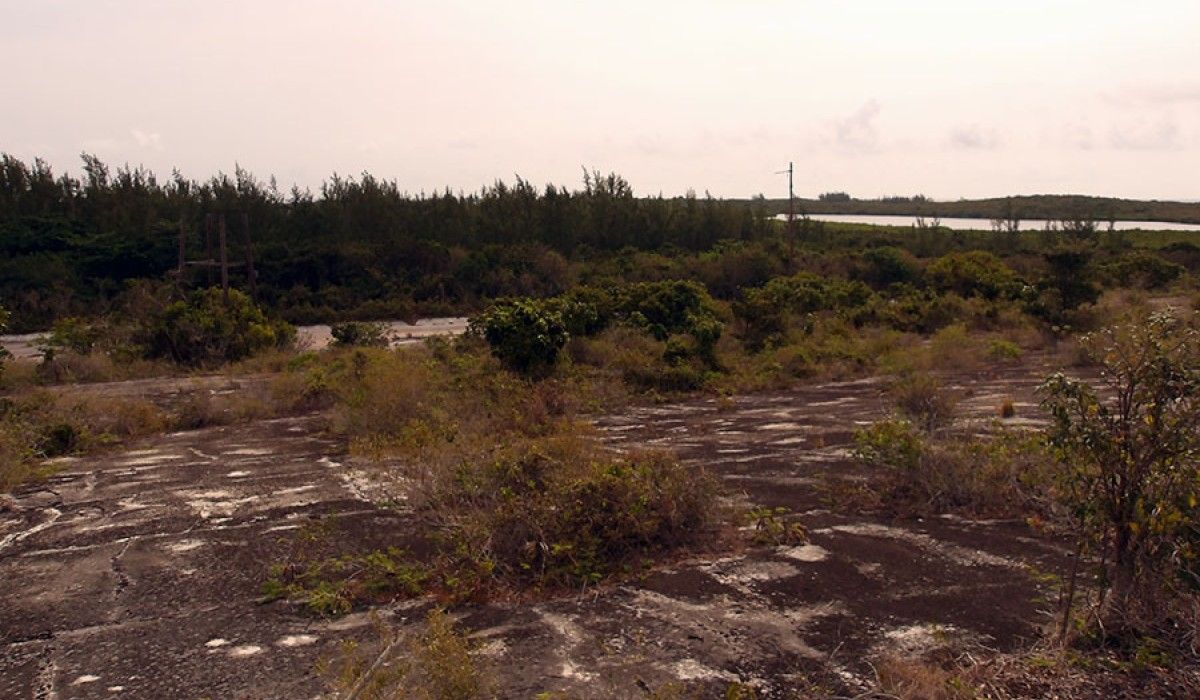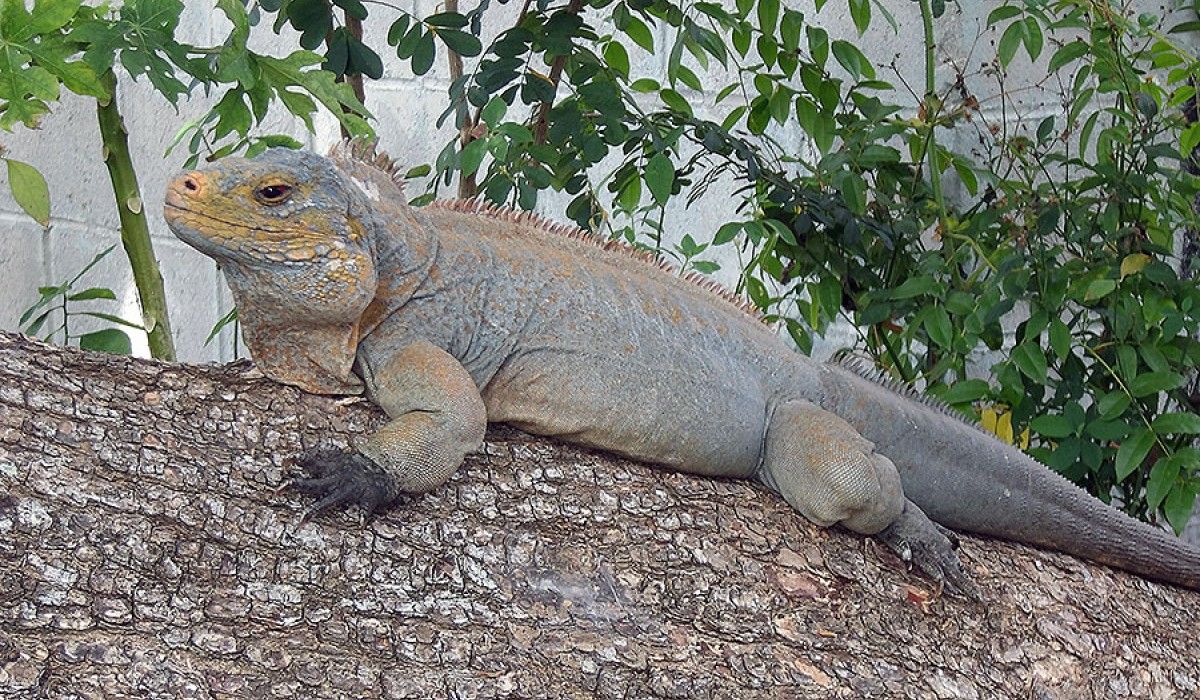Today we started our day here at the Gerace Research Center by learning about how the research station gets its water source. Since the island of San Salvador is currently in its summer season that means that rain is scarce, and water is something that can’t be wasted here. So, Dr. Welch deemed it important for us to understand the system that provides us with this water. We started what we thought would be a long treacherous walk in the woods filled with bugs and some poisonous plants. After a while of being bug food, Dr. Welch concluded that we took the wrong trail to get to the basin after finding a dead end. After rerouting on to the correct trail, we found ourselves at the bottom of a very large concrete basin. We hiked to the top of the basin to observe different plants around the area and the view from a high point. We learned about the history of the water reserves which included a wet season that caused the old reservoir to explode, which explained the metal shrapnel we saw among the trails. The current water storage can hold about 1.2 million gallons of water when each one is full, and that wouldn’t be possible if it wasn’t for this system.
On the way back from our hike to the Basin we stumbled upon two iguanas and got to see them up close and learn that these specific Iguanas are only found here on San Salvador, while we were oohing and ahhing over the iguanas we met up with Troy who is the director of the research center, and he took us on a tour of the water pumps on the station to show us how they move the water from the giant storage containers to the rest of station for human use. While we were getting our tour on the water pumps, we found out that the station lost power…… so that unfortunately meant that we had to wait to use water until power got restored, and we had snorkeling planned for that afternoon, so until we left for North Point a lot of complaining about wanting to shower was occurring.
After lunch we loaded up onto the truck and headed off to our snorkel site of the day which was named North Point. Once we got there, we had to take hike through the water to get to our location so we could start learning to identify and observe the different types of algae located in San Salvador. Our professors had us practice this by having all the students swim out into the water and find a total of 5 pieces of algae in the area, and after doing so we collected the total amount of algae that the class collected and started to separate it by their genus names. In total we saw six different genera including Halimeda, Udotea, Avrainvillea, Stypopodium, Penicillus, and Lobophora. Once we identified all the different types of algae the area had to offer, we got a chance to go out and explore the area some more and just observe and we saw some Fan Worms, Shrimps, Giant Anemone, and so much more. After we were done snorkeling, we packed everything up and had to hike back in even deeper water because the tide started to rise, so the hike back was a little harder than the way out. Once we got to the truck, we went back to the field station and once we arrived, we found out the power was restored while we were away, so everyone got to shower before dinner, and that probably made most of everyone’s day. To end our day, we had a brief lesson of Ecology with Dr. Phillips and a review of all the photos we have taken throughout the trip. Our professors gave us a brief rundown of what we are doing tomorrow so stay tuned...
-Wyatt Poling '26 and Mason Steen '26



